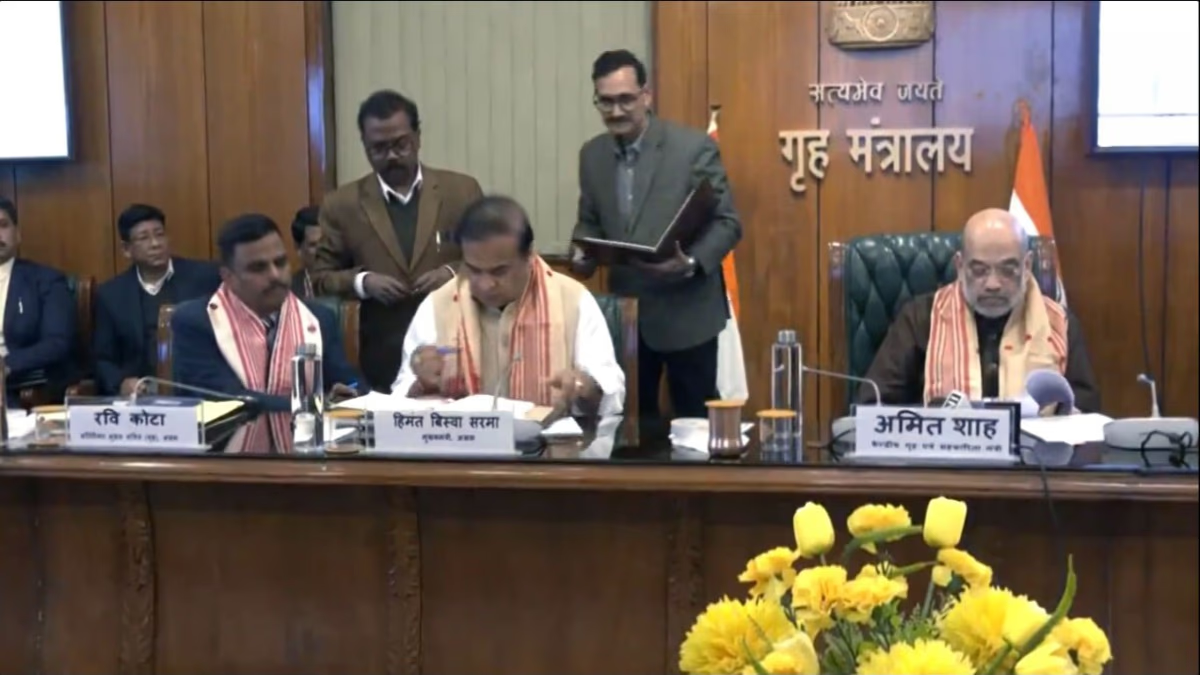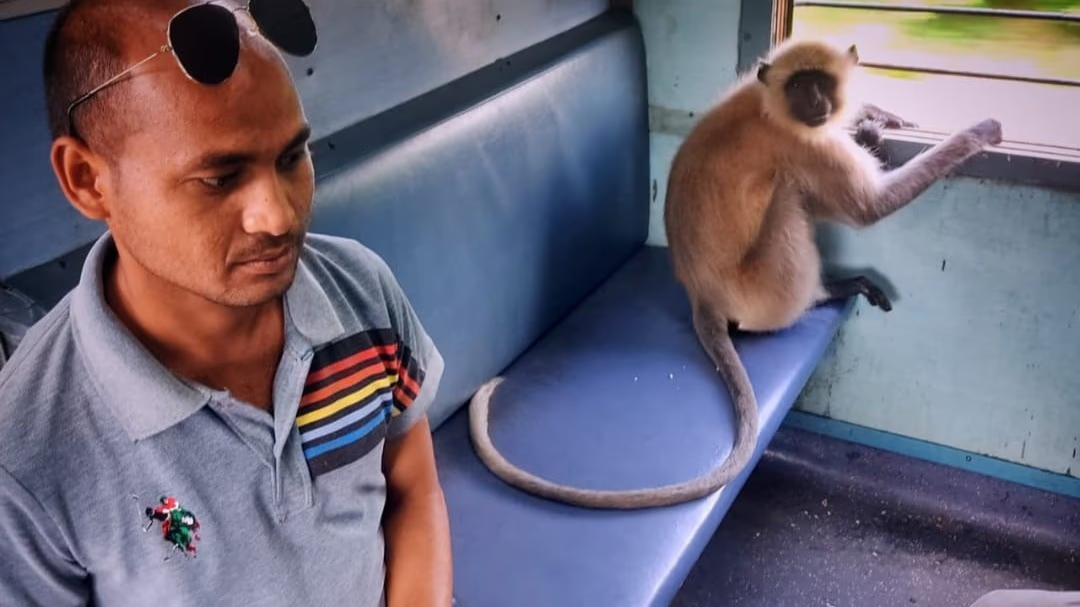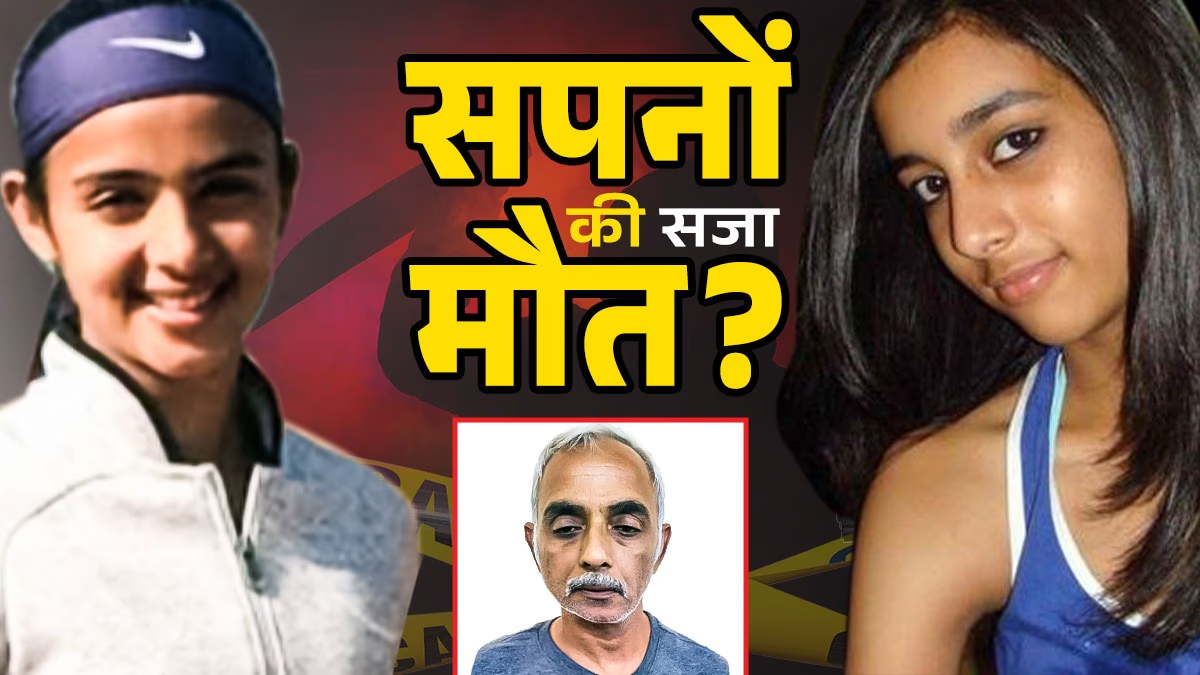The Government of India, the United Liberation Front of Assam (ULFA), and Assam have come together today, on a historic Friday, to sign a crucial tripartite peace agreement. This marks the first time in 40 years that representatives from the armed ULFA organization and the governments of India and Assam have agreed on a peace resolution draft. This is a monumental step forward in India's efforts to bring peace to the Northeast, as ULFA has waged violent resistance against armed security forces for several years.
An important meeting took place in Delhi, where a peace agreement with ULFA was discussed. The meeting was attended by Home Minister Amit Shah, Assam Chief Minister Himanta Biswa Sarma, Home Secretary Ajay Bhalla, Assam's DGP GP Singh, and members of the ULFA group.
The radical faction of ULFA, led by Paresh Barua, is not part of this agreement as they have rejected the government's proposal.
Key Points of the Agreement Between ULFA and the Indian Government:
- The cultural heritage of Assam's people will be preserved. - Better employment opportunities will be available in the state for the people of Assam. - The government will provide ample employment opportunities for the cadres. - The Indian government will make every effort to mainstream ULFA members who have renounced armed movements.
A Bright Future for Assam: Amit Shah
Home Minister Amit Shah has hailed the agreement with ULFA as a bright day for Assam's future. The state and Northeast have witnessed decades of violence. Under the leadership of Narendra Modi, efforts have been made to make the Northeast violence-free. In the past five years, nine peace agreements, including border peace accords, have been signed in the Northeast.
He noted that the AFSPA has been removed from 85% of Assam. This tripartite agreement will serve as a solution to the violence in Assam. Violence perpetrated by ULFA has claimed 10,000 lives over the decades. This comprehensive resolution targets the root causes of insurgency in Assam. All agreements will be implemented in a timely manner. Today, 700 ULFA cadres have surrendered.
ULFA Leaders Present in Delhi for a Week
In fact, 20 leaders from a faction of the United Liberation Front of Assam have been in Delhi for a week. Senior officials from both the Indian and Assam governments have been working to finalize the peace agreement draft with them. The faction of ULFA that signed the peace agreement belongs to the Anup Chetia group. This group has not taken up arms since 2011, but for the first time, a formal peace agreement draft has been prepared, and representatives from both sides have signed it. This is India's fourth major agreement this year with armed insurgent groups in the Northeast.
ULFA's Formation in 1979
ULFA was formed in 1979 with a call for a 'sovereign Assam.' The organization engaged in destructive activities leading to its designation as a banned organization by the central government in 1990. Several attempts were made by the Indian government to engage ULFA in negotiations. Internal conflicts within ULFA often impeded these efforts. Finally, in 2010, ULFA split into two factions. One, led by Arabinda Rajkhowa, was in favor of negotiations, while the other, led by Barua, was opposed. Following the signing of a Suspension of Operations (SOO) agreement with the central and state governments, the Rajkhowa faction joined peace talks with the government on September 3, 2011.




